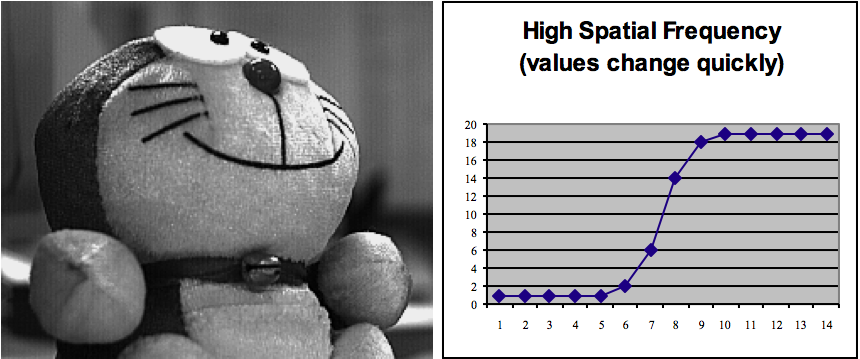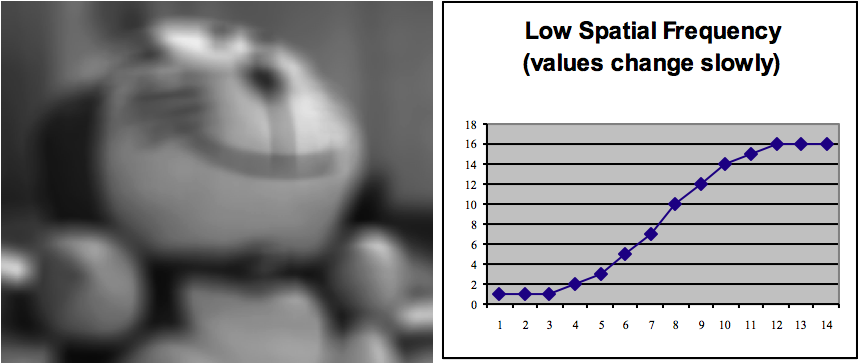Bob’s Imaging Fundamentals #17: Image Sharpness Part 1
What is it and why should you care?
In a typical machine vision application there are usually many processing steps before we end with a pass/fail decision. Today, I am going to talk about one of the preprocessing steps that serves to enhance image sharpness. As a rule, preprocessing is application-dependent; no two machine vision applications ever pose the exact same problems. For example, the preprocessing needs of a medical application are very different from that of a defect detection application. Medical image processing typically serves to make a physician’s job easier by enhancing quality without losing content whereas, defect detection usually involves differentiating foreground from background i.e., Thresholding.
So how do we go about sharpening an image? Good question. There are a couple of ways to do this. But, it all boils down to emphasizing the high-frequency content in your image. And the most common tool to accomplish this is called a high-pass filter. It’s called a high-pass filter because it lets the ‘high-frequencies’ pass (i.e. low frequencies are filtered out). Now I bet you’re wondering what frequencies have to do with images, right? Another good question! When we talk about frequencies in the context of image data, we are talking about the rate of change of pixel values. Here are a couple of illustrations of pixel values that change quickly i.e., high spatial frequencies:

Now here is an example of pixel values that change slowly i.e., low spatial frequencies:

Next time, I will show you a couple of different techniques for enhancing image sharpness.



